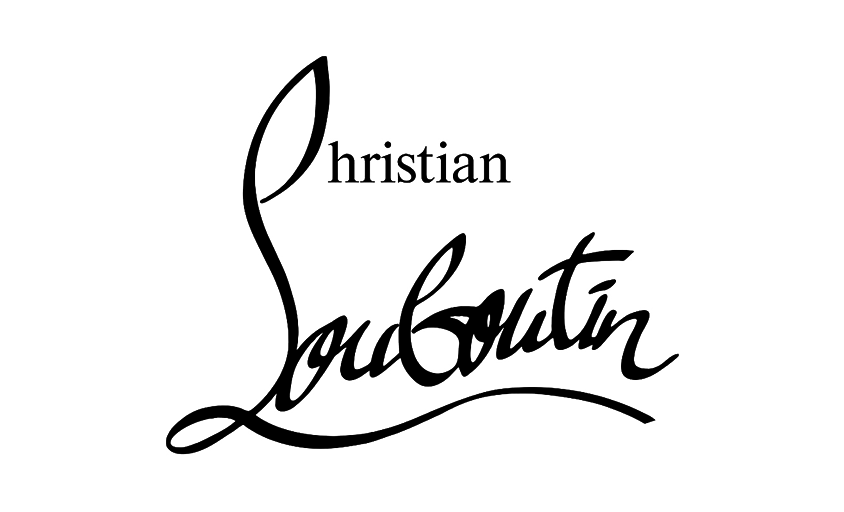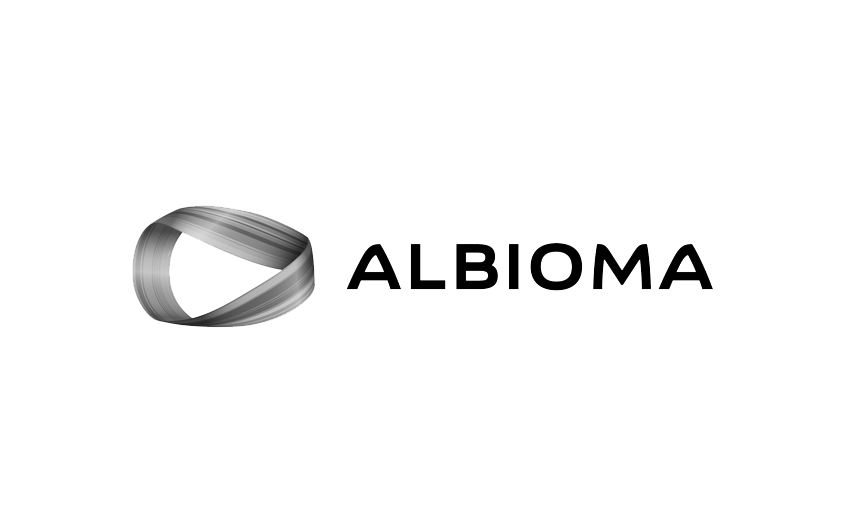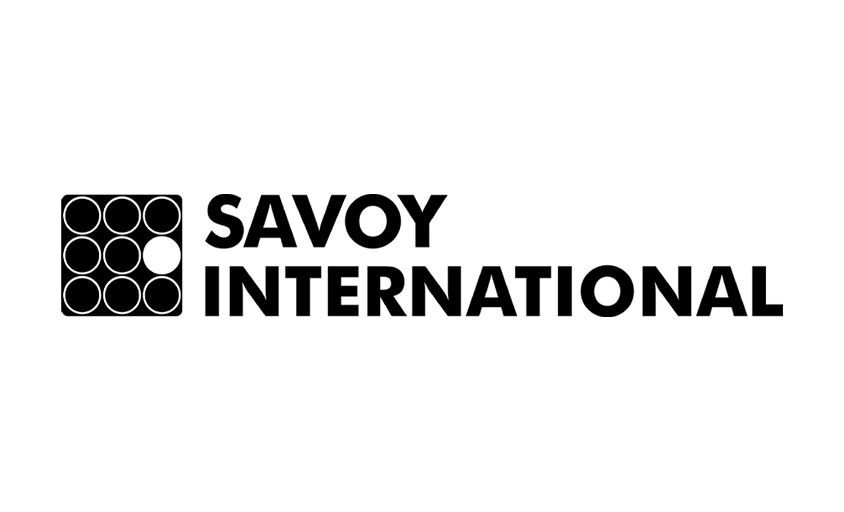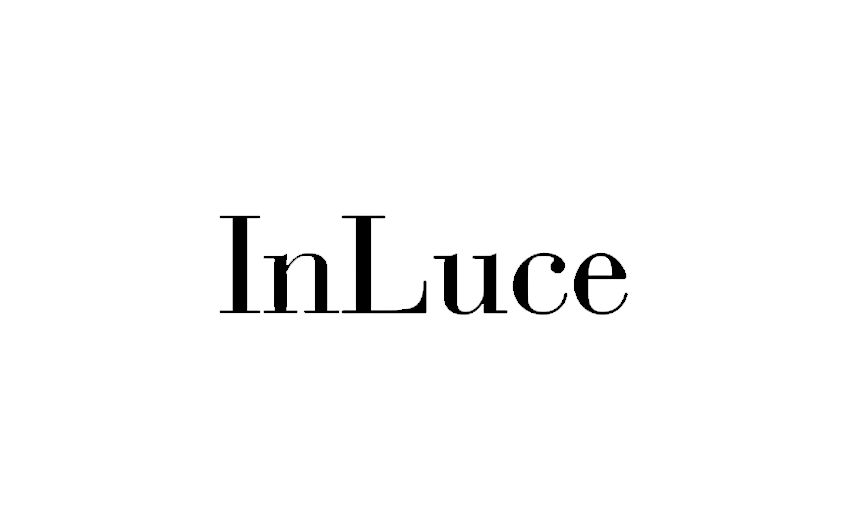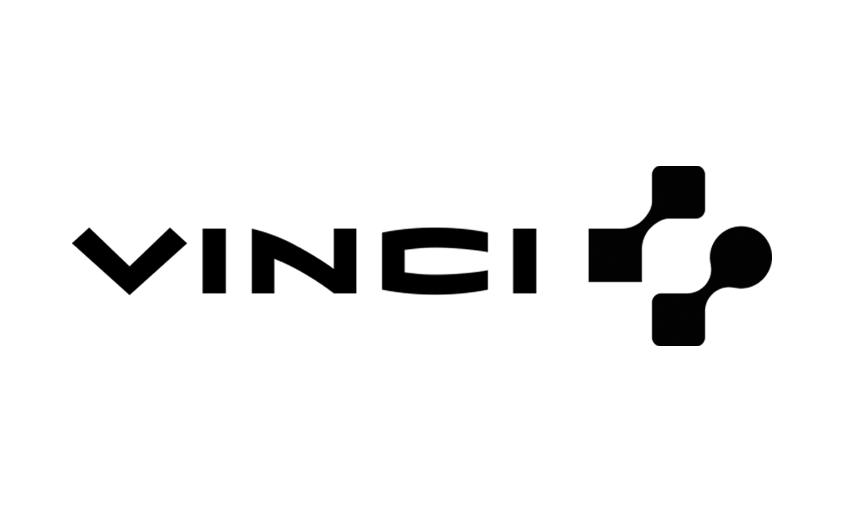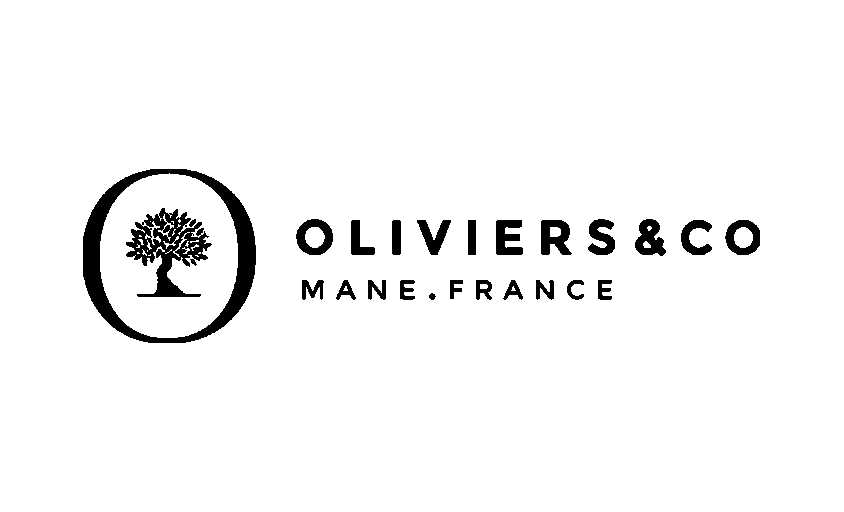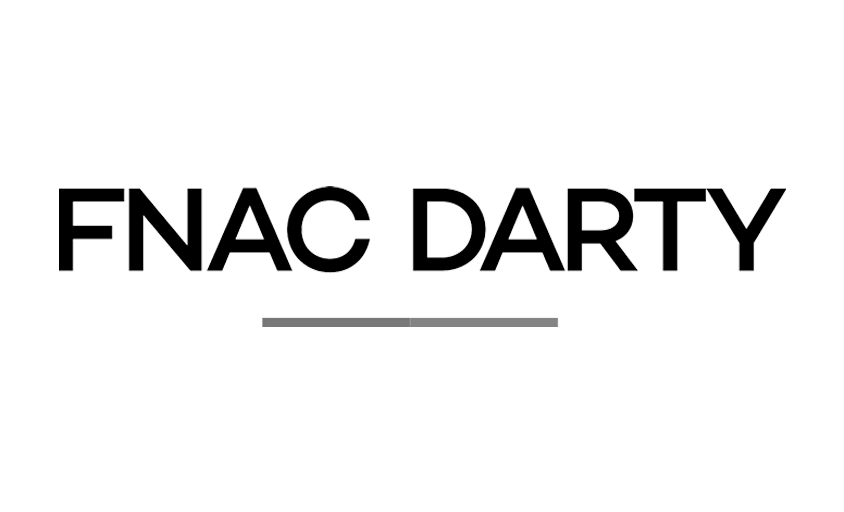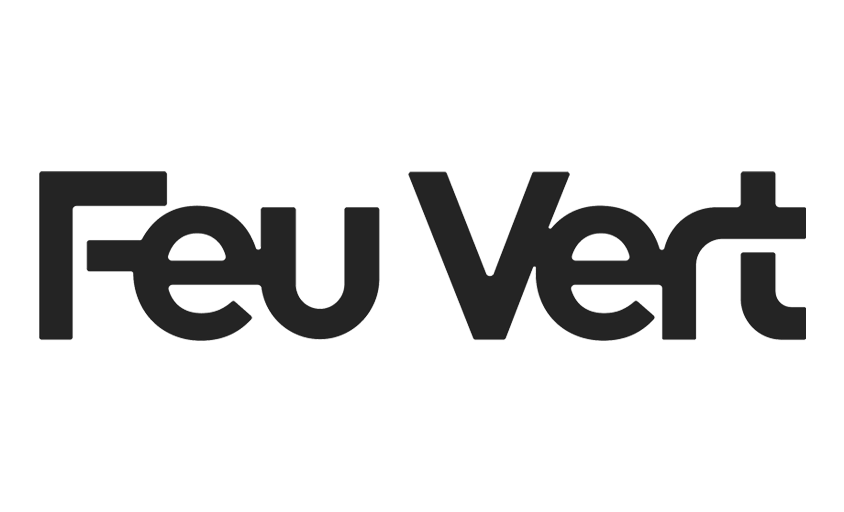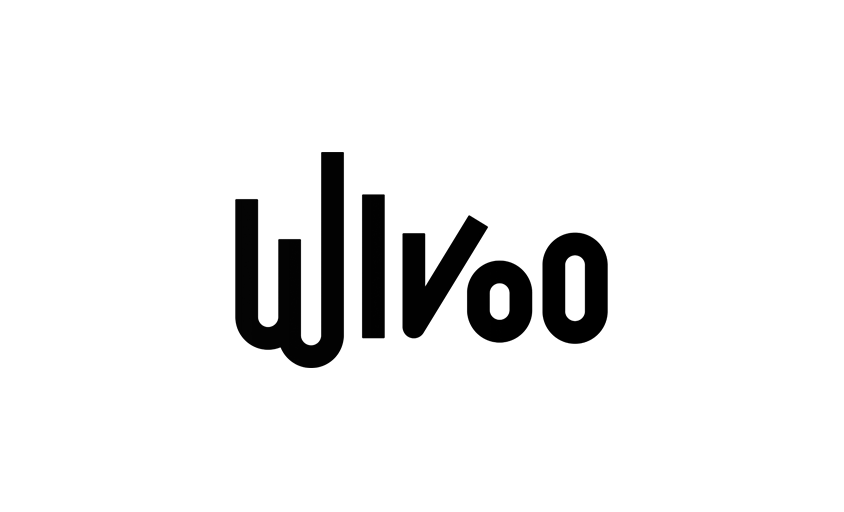What is a Luxury Communication Agency?
In this article :
In the world of luxury, communication is never just about conveying a message. It aims to sustain an imaginative universe, maintain symbolic distance, and nurture a brand’s narrative through every expression. This is precisely where agencies specialized in luxury communication come into play.
Unlike a standard agency, often focused on brand awareness or short-term performance, a luxury communication agency operates with a long-term vision. It does not compete in a mass attention economy, but rather in a market of rarity, where every piece of content, every visual, every word either enhances or diminishes the perceived value of the brand. It speaks to a discerning, demanding, and cultured audience, one that isn’t easily swayed by overt or standardized marketing tactics.
Rétines can operate within this environment as a visual service provider, bringing its expertise in luxury product photography.
A Unique Context Shaped by the Codes of Luxury
Luxury brands, whether heritage or contemporary, operate within a highly codified communication framework. Silence, slowness, minimalism, and mystery are often part of the language. In this context, the agency is not merely there to produce a campaign or activation. It oversees the consistency of a visual, symbolic, and narrative ecosystem.
The challenges vary across sectors such as fashion, watchmaking, beauty, spirits, or automotive, but several constants emerge:
- An obsession with image, style, and lighting, where every visual must align with the brand’s promise.
- Strict control over messaging, with no room for interpretation or amateurism.
- A desire to express status rather than product, where experience takes precedence over function.
A Definition
A luxury communication agency is a specialized structure that supports premium brands in addressing their high-end communication challenges. This includes:
- Defining or refining brand positioning
- Creating brand identity and territory
- Developing tailor-made campaigns across visual, editorial, digital, or event-based formats
- Managing communication platforms and messaging including press, social media, film, print, influencers, and retail
- Ensuring aesthetic consistency across all brand touchpoints
In other words, the agency ensures that the brand universe never becomes diluted and that every action is aligned with the expectations of luxury audiences, whether traditional or emerging.
The Roles and Missions of a Luxury Communication Agency
In a world as codified as luxury, a communication agency does far more than simply “produce content.” It operates on multiple levels, from strategic thinking to visual execution. Its mission is to ensure coherence, perceived value, and cultural relevance in every brand expression.
Here are the four key functions it fulfills.
1. Defining and Maintaining a Strong Brand Positioning
A luxury agency is often involved from the earliest stages of brand development or during a repositioning phase. It supports clients in:
- clarifying their identity (values, heritage, vision)
- defining the narrative territory (tone, style, messaging)
- strategically aligning all touchpoints (website, social media, retail, events)
Unlike mass-market brands, luxury brands are not trying to appeal to everyone. They aim to be perfectly legible to a specific target. The positioning must be both distinctive and coherent, without ever being over-explained.
2. Orchestrating Highly Controlled Content Creation
Once the strategy is established, the agency leads the content creation process:
- advertising campaigns
- brand editorials
- product or lifestyle photography
- short films
- digital activations
- and social media strategies
The level of expectation is far higher than in other sectors. Content must not only be beautiful but also adhere to a precise aesthetic language, often dictated by the brand’s cultural or historical codes.
This requires carefully selected creative partners: photographers, studios, art directors, filmmakers, copywriters, and more. Every visual element is a lever of desirability. A luxury agency understands that the image sells even before the product is shown.
3. Leading a Selective Omnichannel Activation
Luxury communication avoids mass distribution. The agency is therefore responsible for a targeted orchestration:
- careful media selection (specialized press, premium platforms, affinity channels)
- limited but high-impact collaborations (selective influencers, brand editorials)
- controlled presence on social media (tone, frequency, contextualized content)
This channel management is strategic. It’s not about being visible everywhere, but about being perceived in the right place, with the right message, by the right audience.
4. Designing Exclusive Brand Experiences
Luxury remains deeply rooted in physical experience. The agency can be involved in experiential setups such as:
- fashion show or installation scenography
- confidential press events
- private-format product launches
- pop-up stores or artistic collaborations
Each experience is designed to enhance the emotional dimension of the brand without ever betraying its universe. The agency ensures sensory consistency across visuals, sounds, and spaces.
The Different Types of Luxury Communication Agencies
Not all luxury agencies are the same. Some cover the entire communication chain, while others focus on a specific area of expertise. Depending on the brand’s goals, whether identity building, product launch, activation, or influence, different agency profiles may be called upon.
Here are the main categories commonly found in the sector.
1. Global (or Full-Service) Agencies
These agencies support brands from strategic positioning all the way to campaign rollout. They are often large structures, organized into departments such as strategy, creative, production, media, and digital.
→ Examples: Mazarine, Publicis Luxe, Dentsu Creative Luxe
Why do brands choose them?
For their ability to manage complex projects with consistent execution across all touchpoints.
2. Branding and Art Direction Agencies
These agencies operate upstream, helping define a brand’s visual and symbolic universe. They design the logo, visual identity, editorial tone, and key visuals. Some also produce content or establish creative guidelines for other partners.
→ Examples: BETC Étoile Rouge, Studio deValence, Violaine & Jérémy
Why do brands choose them?
To lay solid foundations before launching a campaign or undergoing a global repositioning.
3. Digital and Social Media Agencies
These agencies assist brands in managing their online presence. They create content tailored to platforms like Instagram, TikTok, LinkedIn, and Pinterest, handle editorial calendars, and develop engagement strategies.
→ Examples: So Bang, Movement Paris, Nice Reactions
Why do brands choose them?
To maintain a digital presence consistent with their luxury image while incorporating current social media trends.
4. Event and Brand Experience Agencies
These agencies design immersive experiences such as fashion shows, private product launches, art installations, pop-up stores, press dinners, or cultural collaborations. Their mission is to stage the brand’s image in space and time.
→ Examples: Bureau Betak, Villa Eugénie, OBO
Why do brands choose them?
To create memorable, visually striking moments that are perfectly aligned with their brand DNA and designed to be shared socially.
5. Editorial Content and Visual Production Agencies
Less common, these agencies specialize in high-end content creation including images, videos, and premium print materials like lookbooks, brand magazines, short films, portraits, and upscale digital content.
→ Examples: La Mode en Images, Folch Studio, select departments of Mazarine or Dream On
Why do brands choose them?
For refined, aesthetically flawless content that serves both storytelling and brand style.
How to Choose a Luxury Communication Agency
Working with a luxury-focused agency is not something to be taken lightly. Given the high stakes, choosing the right partner depends as much on objective criteria as on the agency’s ability to understand (and translate) the unique universe of each brand.
Here are the main criteria to evaluate:
- Deep Understanding of Brand DNA
A good agency doesn’t begin by producing, but by listening, analyzing, and decoding. It must be able to identify the key elements of your positioning, your aesthetic aspirations, and your internal challenges. This initial groundwork sets the tone for everything that follows: tone of voice, art direction, channels, and selection of creative partners. - Ability to Translate a Cohesive Visual Territory
Luxury demands a high level of visual discipline. An effective agency knows how to align your campaigns, brand messages, and assets with strong visual consistency, without boxing you into a static aesthetic. It acts as the guardian of your brand expression. - Sector-Specific Experience
Working in fashion involves different codes than in jewelry or spirits. A seasoned agency can tailor its proposals to the unique expectations of each sector while avoiding clichés. Experience doesn’t guarantee everything, but it’s key to managing the most sensitive projects with confidence. - A Network of Trusted Creative Partners
A good agency is never alone. Photographer, director, graphic studio, scenographer, it knows how to bring together the right talents for your project. This network is a crucial indicator: it reflects the agency’s ability to deliver at the right level, within the right timeframe, without improvisation.
Conclusion
A luxury communication agency acts as a filter between your brand and the outside world. It ensures your image is protected, your uniqueness amplified, and your message carefully staged without ever being distorted. Its role is as strategic as it is creative.
But it never works alone. A successful campaign also relies on the quality of its visual contributors. This is where Rétines comes in: as a photography studio specialized in high-end sectors, we regularly collaborate with agencies or directly with brands to produce high-value visuals, from product photography and atmosphere images to editorial portraits and digital visual content.
We understand the stakes of imagery in the luxury world: its slowness, its codes, its silences, its precision. And we bring our technical and artistic expertise to support a controlled and elevated brand narrative.
Explore our portfolio!
Jérémy Carlo is the editorial director at Rétines, where he ensures the consistency and clarity of all content produced by the studio.
Our Clients
Let’s discuss
What we do for you at Rétines
Meticulous work, an organised project and fast delivery. And to achieve this, we mobilise the right resources in our teams at the right time.
01
Pre-production
Artistic and technical direction tailored to the project.
Relevant recommendations on content, form and resources.
02
Photo Shooting
Photos taken by our experienced photographers.
Production that’s controlled, efficient and tailored to the needs of the project, with nothing superfluous.
03
Retouching
Technique
Photographs magnified by our retouching team.
Post-production to meet the commercial challenges of the brief.

